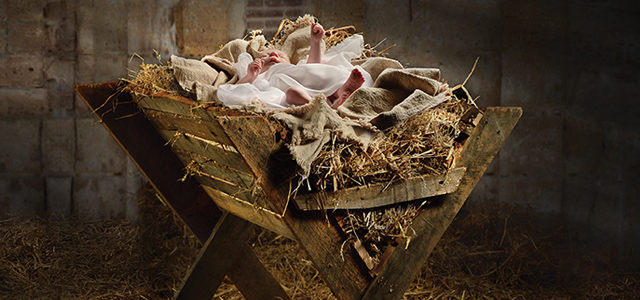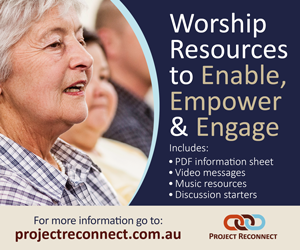Around two thousand and twenty years ago, a Jewish, Arabic baby was born into poverty, just as babies in many cultures and nations are born into poverty every day. Soon after his birth, in a climate of violent persecution and oppression, where children were dying, his family fled his homeland to a foreign country where he had no language, religion or culture, of familiarity. This is part of the story of love because this is part of the story of our God, who is part of our story which we celebrate in the season that we call Christmas.
Jesus came to bring hope, joy and peace but, most of all, Christ came to be love. These are not just nice words. This is the power that Christ lived, taught, exemplified, died and rose again for — because love is a power which transforms lives. It not only opens the way into hope, joy and peace, but it also activates them — as powers of love. Love drives out fear and creates the potential for us and the world to become
as we should be.
Hope was brought to bear in Christ, into adversity and injustice. It is the hope of the communion of the Kingdom of God, with the King crowned in thorns and enthroned on a cross. Why? Because of people’s resistance to the work of Christ in addressing the issues of inequity of wealth, the emptiness and exclusiveness of religion, and our failure to live God’s way in this world. However, love lives the hope that we will change and does not fear the possibility that we will reject the way of God. Love is an expression of hope and hope is an expression of love and it is all the work of God in Jesus.
Joy was brought to bear in the world in Christ through change for good, in the lives of those who needed it. The poor, refugee baby who was Immanuel — God with us — grew to be the Christ who lived with the poor, the outcast, the marginalised, the ‘sinners’ and all who needed the refuge of the Commonwealth of God. Jesus not only came to heal those who were physically unwell, but came to heal our society, culture and religion which were unwell and which eroded instead of enhanced wellness for people. Joy brings change and healing, just as healing and change bring joy. Love opens the way into joy and drives out fear because it brings the hope for change, and it is all the work of God in Jesus.
Love brings peace and peace is an act of love, and it is all the work of God in Jesus.
Peace was lived into the world in Christ, with Jesus’s way of bridging the division in human relationships and breaking the boundaries of our religious and social conventions. He invited people into the communion of the Commonwealth of God, where our souls can rest in God. Christ brought peace into the world through radical, inclusive love which changed and healed people, relationships and religion. Christ’s resistance to using power to force or coerce people to live God’s way paves the way for peace. Peace was taught for, not fought for, in Jesus. In peace, enemies were to be loved, as were sinners or outcasts. Love brings peace and peace is an act of love, and it is all the work of God in Jesus.
So, with the coming of Christ, love was embodied into the world. Not love as an emotion, or even an action, but love as God, for God is love. Christ was the embodiment, the incarnation, of God’s love. Jesus was Immanuel – God with us – and we remember and celebrate God who is love with us at Christmas. However, this celebration should not be a transitory moment of hope, joy, and peace. It should lead us to take up Christ’s call to embody God’s love in the world, in every instance and relationship that we can.
Perfect love drives out fear and brings hope, joy and peace. We are called to live love in such a way that we are hope-bringers, joy-fillers and peace-makers.
Rev. John Humphries, Chaplain at Ravenswood School for Girls












